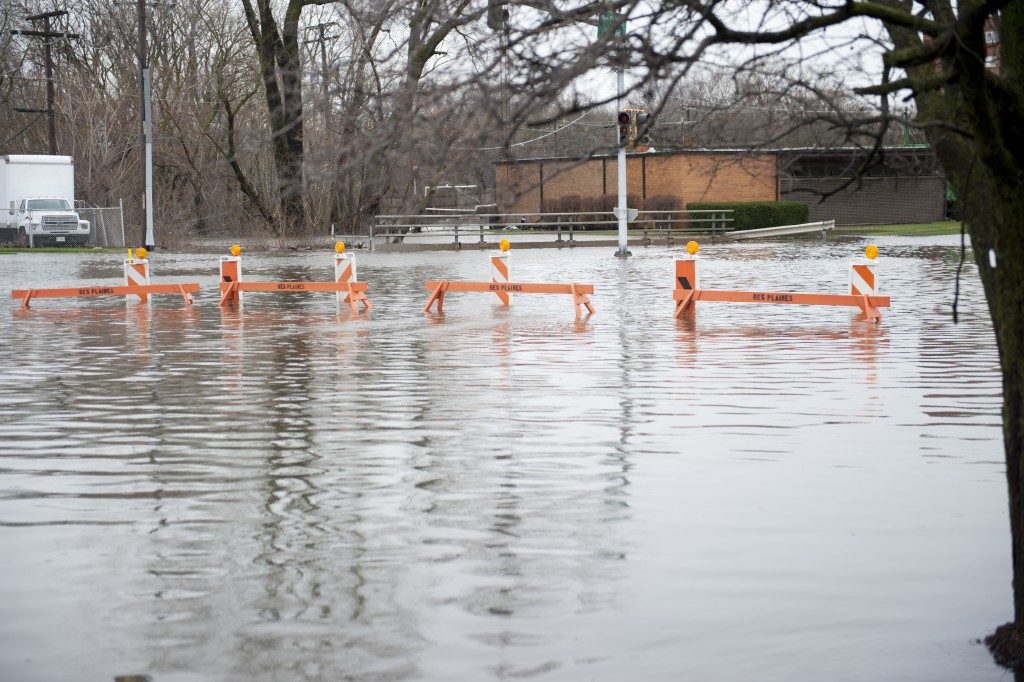According to the Institute for Business and Home Safety, around 25% of businesses in the United States fail to operate after a major disaster hits them. That’s an alarming percentage that businesses should take a look into. Because we are too busy growing our businesses, we forget to put in place emergency and disaster preparedness measures that will ensure the continuous operations of the business after disaster strikes.
In the data protection front, managed backup and disaster recovery plans are the most important measures that companies need to take when creating an emergency preparedness agenda. Once they are safe, these measures allow employees to track, manage, and access data to make sure that they have not been corrupted or destroyed by the disaster. The continuous flow of business operations even after a major disaster is essential to its growth and success in the future.
Develop an Evacuation and Disaster Recovery Plan
In cases of calamities such as fires, floods, typhoons, and earthquakes, where should the employees go? Who is the focal person who will lead them to safety? Whom should they contact once they are taken out of the building? Once the employees have been evacuated and are in a safe place, what should they do with the data they left in the office? Can they access the data? Has the data been backed up to cloud servers? The employees need to make sure that the operations of the business may continue by developing a strategy on how to recover the work they have left behind.
Build a Communication Plan
There should be a communication plan put in place to let the employees know the important people and departments they need to reach out to once disaster strikes their business. How will they notify the vendors, clients, suppliers, and investors? Who will contact these stakeholders? Can the employees use their cellular data to communicate with each other, or would this lead to a data breach?
Test the Remote Work Setup

Once everything has settled down and the employees can’t still get into the office building, where should they report for work? There should be a remote office where the employees can continue the operations of the business. Even before disaster strikes, it is important that this remote office is tested for different variables such as communication lines and servers. This temporary workplace will defeat its own purpose if employees cannot connect to the cloud that holds all the business data they need to continue operating the company.
Back Up Data
Make it a point to always make a backup of your business data, from financial statements to client information. When your backup data is up-to-date, this makes it easier for employees to continue business operations even if they cannot access their physical office. If the right data is stored and backed up to the cloud, they can even work in their own homes and simply communicate via text messages or phone calls.
The most important thing in creating a disaster preparedness plan is making sure that the employees have an exit plan they are trained to use. The continuation of the business operations is secondary to making sure that your workers are all fine. Once they are safe, that’s the time that data recovery measures and remote work setup will be put into gear.

